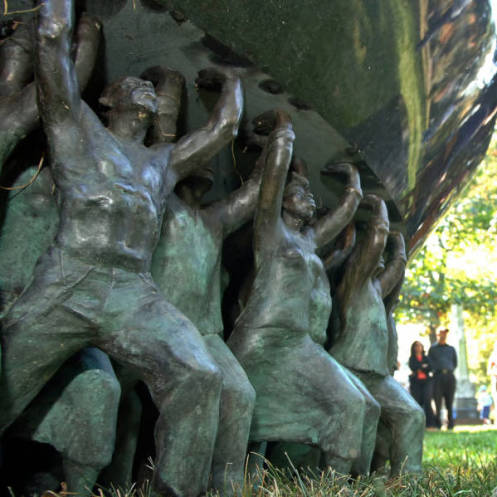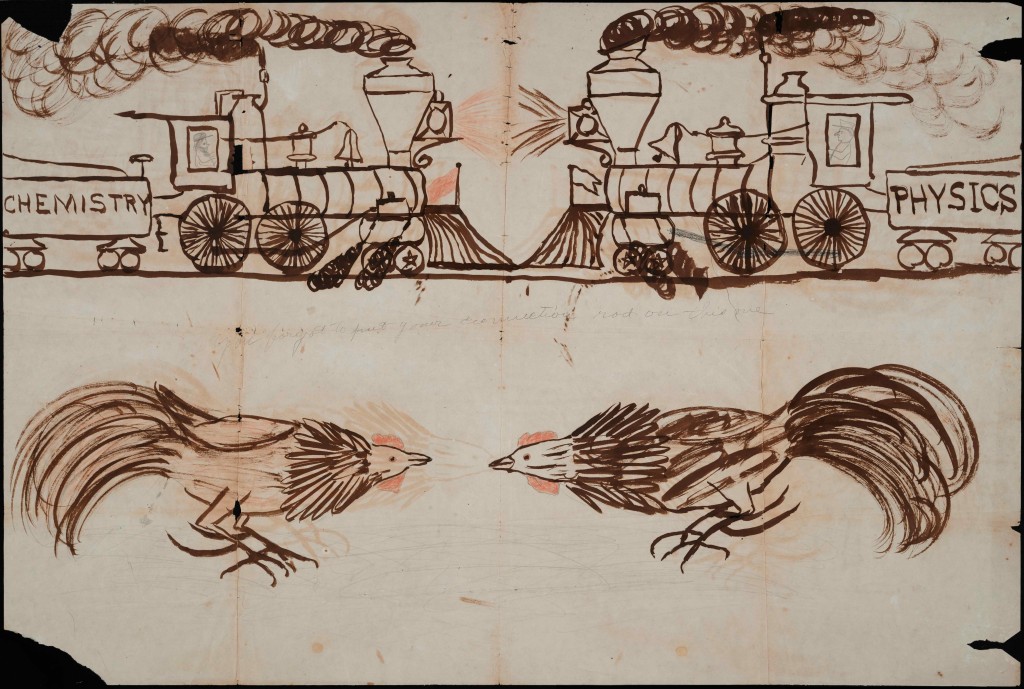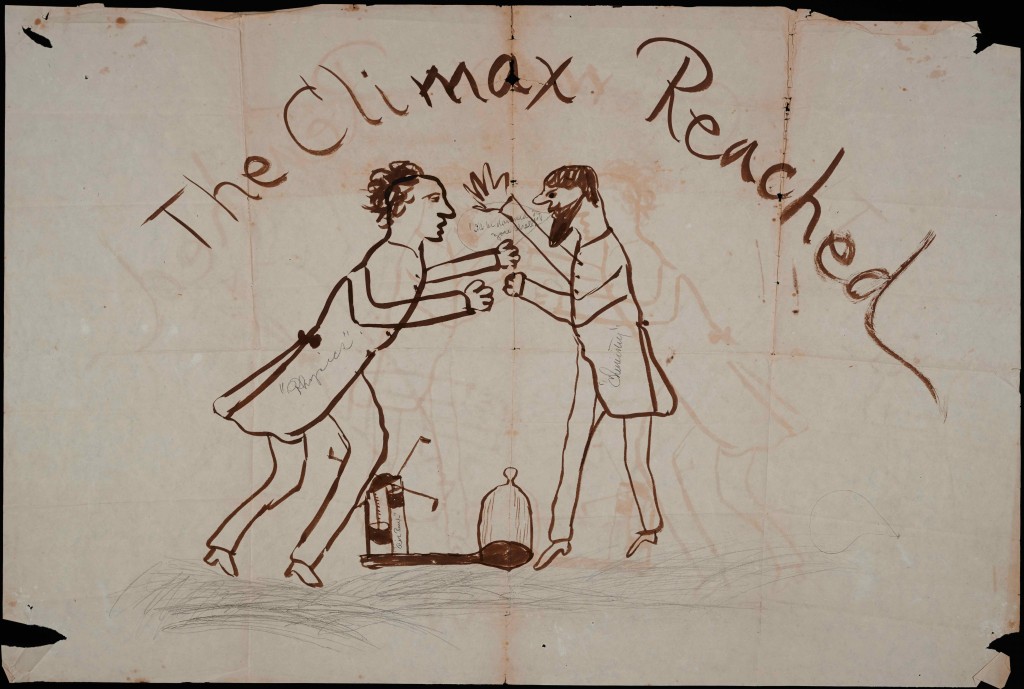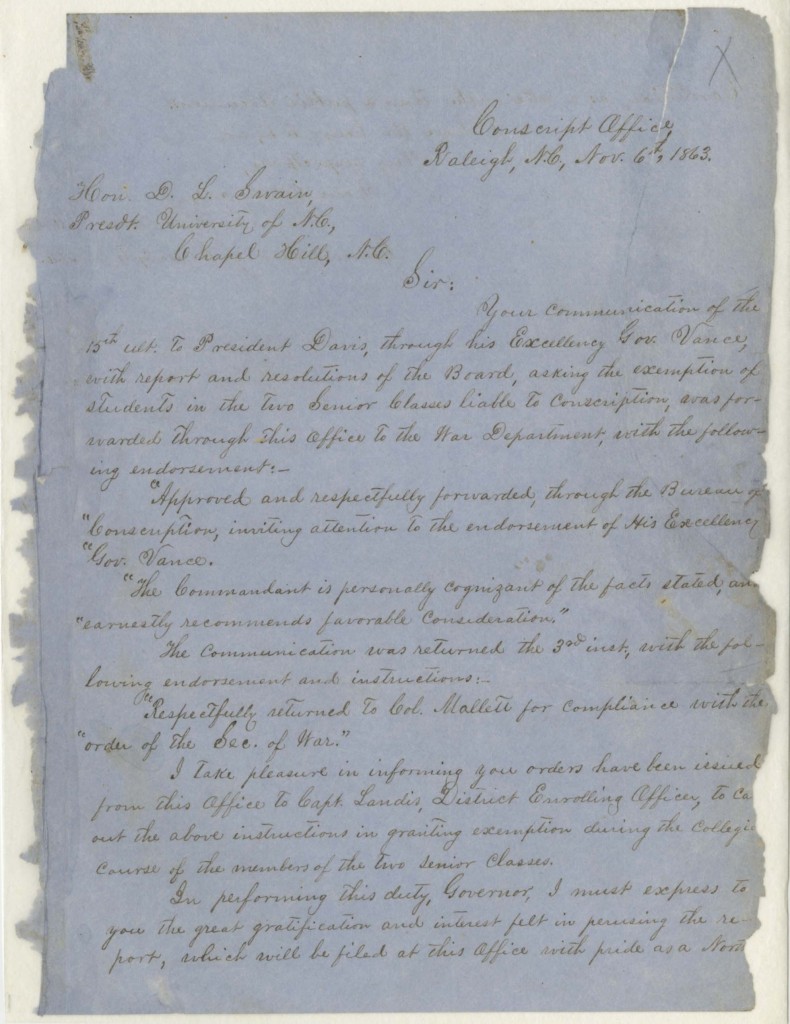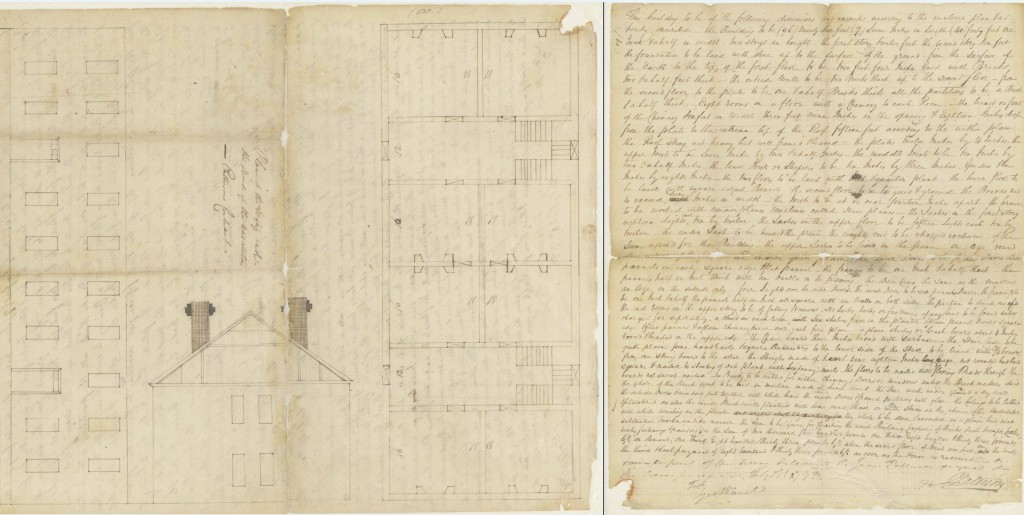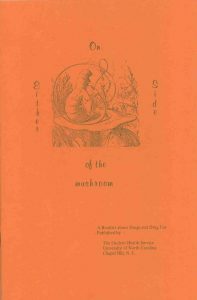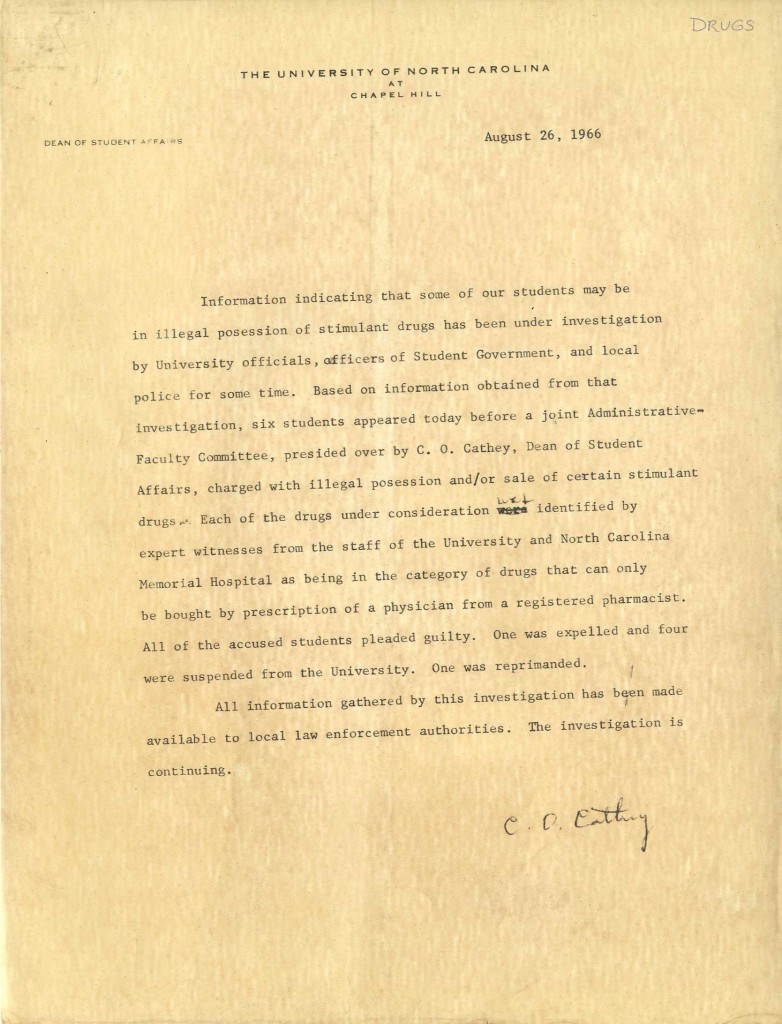Today the Board of Trustees voted 10 to 3 to rename Saunders Hall “Carolina Hall.” For those who’ve been under a rock for the past few years, the charge to change the name of Saunders Hall, which was named by trustees in 1920 after William Saunders (1835–1891), North Carolina Secretary of State and chief organizer of the Ku Klux Klan in the state, has been led by various student groups over the past two decades, most recently the Real Silent Same Coalition along with the Campus Y and other student groups.
Saunders’s involvement in the KKK was not ancillary to the decision to name the new building after him, but as seen in the minutes of the Board of Trustees, was indeed central. (You can read the minute books online.)
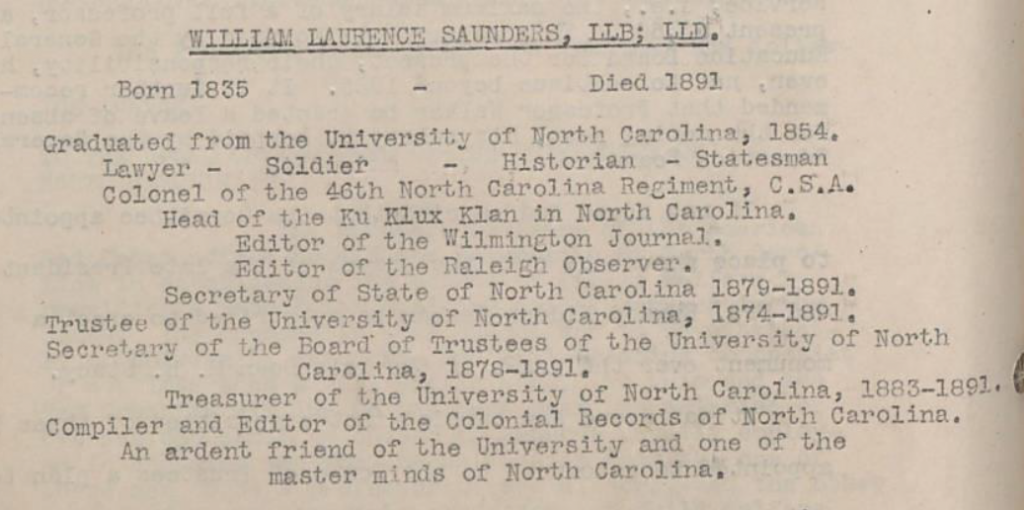
University Archives staff worked diligently to rediscover this information and provide it to trustees and to the public at large. It is gratifying to know that the (not always easy or recognized) work of collecting, describing, and preserving these materials played a part in energizing students and swaying the board.
We at Wilson Library work very hard to make primary information about the university available to the public, including online exhibits such as “Slavery and the Making of the University,” one of the first exhibits of its kind. We don’t need a mandate to do all we can to make university history public.
We depend on scholars and students to tell the story of the university. We just don’t have the time to read every sheet of paper that comes into our custody. Our job is to collect enough that our researchers have rich and inclusive documentation to work from and to describe it all in a way that gets that material into the hands of researchers as soon as possible.
If you’re interested in any aspect of university history, you can always come to Wilson Library and talk to a reference archivist to get access to the collections that might satisfy your curiosity.

